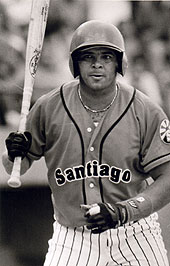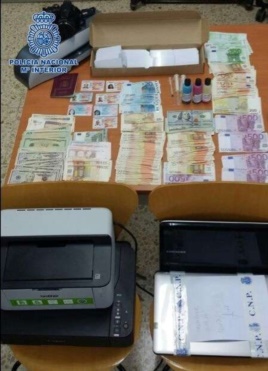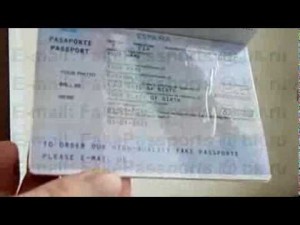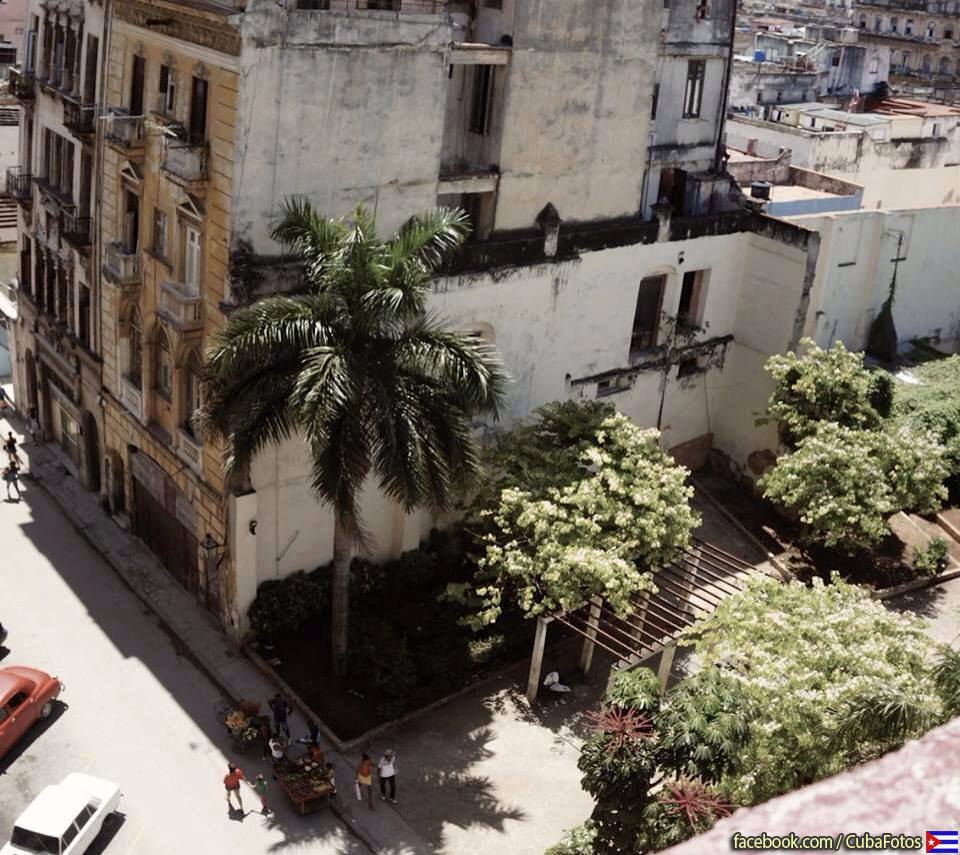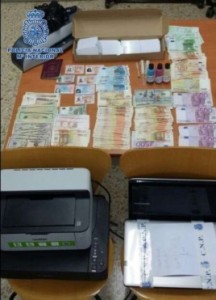EL BEISBOL NACIONAL SE INDEPENDIZA DE LA BURDA MANIPULACIÓN A LA QUE FUERA SOMETIDO.
Por Iván García, La Habana, Cuba.
 No creo que todo tiempo pasado haya sido mejor. Pero sigue siendo una imagen recurrente aquella etapa en que los aficionados capitalinos acudían al viejo estadio del Cerro, a ver los dobles juegos dominicales de béisbol.
No creo que todo tiempo pasado haya sido mejor. Pero sigue siendo una imagen recurrente aquella etapa en que los aficionados capitalinos acudían al viejo estadio del Cerro, a ver los dobles juegos dominicales de béisbol.
Con tres pesos, uno se zampaba una pizza de queso chorreante, un litro de malta y media docena de panes con croquetas. Las gradas que van de home a tercera eran el pasaporte de fidelidad al equipo Industriales.
Con estadísticas en mano, se intentaba demostrar que los peloteros de La Habana eran diferentes. Técnicamente, jugaban mejor al beisbol. Tenían otras herramientas.
Pero había cuatro jugadores de provincias que estaban fuera de toda discusión: el inicialista cienfueguero Antonio Muñoz, el formidable pinero Omar Linares, y los santiagueros Orestes Kindelán —rey de los jonroneros— y Antonio Pacheco.
..Pero Pacheco era Pacheco. Al bate, ha sido de los tres mejores en el béisbol que se ha jugado en la Isla después de 1959. Tenía pinta de Grandes Ligas. Desde su manera de pararse en home hasta sus cualidades ofensivas y defensivas.
Pacheco poseía cinco herramientas. Bateaba hacia todos los ángulos del terreno y era un experto en dirigir la bola hacía la banda derecha. Reunía fuerza, tacto y velocidad.
Solo Lourdes Gourriel se podía codear con el de Palma Soriano a la hora de traer una carrera crucial, cuando el bate pesa y las piernas le tiemblan a muchos.
Pacheco era una leyenda viva. Había integrado selecciones nacionales desde la categoría 9-10 años. Nació en una etapa donde los deportistas eran soldados de Fidel Castro.
Como loros, en cada entrevista debían repetir que le dedicaban el triunfo a Castro, que jamás firmarían un cheque millonario para jugar en la MLB y que no renunciarían al cariño de su pueblo.
La prensa oficial llamaba a Pacheco “Capitán de capitanes”, por ser líder en el equipo nacional. Ahora, en la distancia, se percibe mejor la burda manipulación y el manicomio propagandístico al que todos fuimos sometidos.
Todos, deportistas y aficionados, tenemos cuota de culpa. Aceptábamos sin chistar cualquier ordenanza oficial. Y no se contaba con nosotros para nada. Éramos unos peleles en manos de un tramposo.
Cumplidos los 60 años, Agustín Marquetti, calladamente, lo reconoció. Se marchó de Cuba y hoy, junto a su hijo, enseña a niños y adolescentes en una academia beisbolera de Miami.
Recientemente, Antonio Pacheco tramitó su estatus de refugiado en Tampa. Siempre habrá quien le recuerde su pasado de fidelidad al régimen. Pero que levante la mano el cubano nacido después de 1959 que en determinado momento no fue una marioneta de los Castro.
Excepto frente a aquellos que cometieron crímenes como el del remolcador 13 de marzo, firmaron penas de muerte a quienes piensan diferente o reprimen a disidentes, no es sano amontonar resentimientos.
Mientras Pacheco legaliza su estatus en Estados Unidos, cientos de jóvenes peloteros en Cuba sueñan con ganar salarios de seis ceros en la Gran Carpa. Ahora los nuevos ídolos son “Pito” Abreu, Yasiel Puig y Yoennis Céspedes.
En el recién finalizado campeonato nacional juvenil, ganado por La Habana, sobresalió un grupo de peloteros prometedores. Me detengo en uno de ellos.
Joan Oviedo, habanero, un pitcher derecho de un metro noventa de estatura y solo 15 años —la misma edad en que Marquetti peleaba en Bahía de Cochinos— que tira rectas sostenidas entre 91 y 94 millas, además de una curva de nivel.
Anoten ese nombre. Puede que a la vuelta de unos años, ocupe cintillos en la MLB. No siempre los tiempos pasados fueron mejores.
DDC/Ivan Garcia, La Habana/Excerpts/InternetPhotos/www.thecubanhistory.com
THe Cuban History, Hollywood.
Arnoldo Varona, Editor.
THE NATIONAL BASEBALL BECOMES INDEPENDENT TO THE GROSS MANIPULATION IT WAS SUBJECT TO.
Iván García, Havana, Cuba.
I don’t believe that all the past has been better. But it remains a recurring image that stage where fans flocked to the capital of Cerro old stadium, see the Sunday double baseball games.
With three weights, one of dripping cheese pizza, a liter of malt and bread with half a dozen croquettes cat devoured. The stairs that go from home to third loyalty were the passport to industrial equipment.
With statistics in hand, trying to show that the players of Havana were different. Technically, playing better baseball. They had other tools.
But there were four provinces players who were out of the question: Cienfuegos baseman Antonio Muñoz, the formidable pinero Omar Linares, Orestes Kindelan and Santiago-king of sluggers-and Antonio Pacheco.
Pacheco was .. But Pacheco. At the plate, he has been among the top three in baseball that has been played on the island after 1959. Had pint of majors. From the way home to stand on their offensive and defensive qualities.
Pacheco had five tools. Hitting to all corners of the field and was an expert in directing the ball was the right side. Gathered strength, touch and speed.
Only Lourdes Gourriel could rub shoulders with the palm when Soriano bring a crucial career when the bat weighs and legs tremble a lot.
Pacheco was a living legend. There was integrated national teams from the 9-10 years. He was born at a stage where athletes were soldiers of Fidel Castro.
As parrots were repeated in every interview he dedicated the victory to Castro, never sign a check millionaire to play in the MLB and not give up the love of his people.
The official press called Pacheco “Captain of captains,” as a leader in the national team. Now, in the distance, the better perceived gross manipulation and propaganda asylum to which all were subjected.
All, athletes and fans, we share blame. We accepted without question any official ordinance. And there was not us at all. There were about puppets in the hands of a cheater.
Age of 60, Augustine Marquetti, quietly acknowledged. He left Cuba and now, with his son, teaching children and adolescents in a baseball academy in Miami.
Recently, Antonio Pacheco refugee status processed in Tampa. There will always be who will remember his past loyalty to the regime. But raise your hand Cuban born after 1959 who at one point was not a puppet of the Castro.
Except against those who committed crimes as the tugboat 13 de Marzo signed death sentences to those who think differently or repress dissidents, resentment is not healthy pile.
While Pacheco legalize their status in the United States, hundreds of young players in Cuba wages dream of winning six zeros in the big leagues. Now the new idols are “Pito” Abreu and Yoennis Céspedes Yasiel Puig.
In the recently concluded national junior championship, won by Havana, stood a group of promising players. I stop at one of them.
Joan Oviedo, habanero, right pitcher six feet tall and only 15 years old-the same age that fought Marquetti Bay of Pigs straight-shooting held between 91 and 94 miles, plus a contour.
Write down the name. Maybe around a few years, occupy headbands in MLB. Not always the former days were better.
DDC / Ivan Garcia, Havana / Excerpts / InternetPhotos / www.thecubanhistory.com
THe Cuban History, Hollywood.
Arnoldo Varona, Editor.



